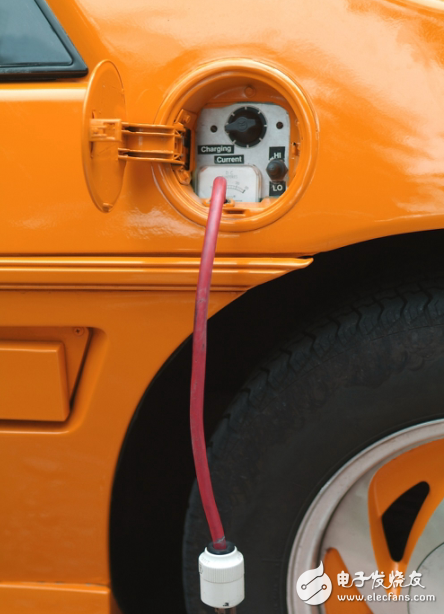- From June 2016 [ Smart Car Journal ] " Change The World " section Learn more about the technology trends and reference designs of the Smart Car Journal . Author: Mustafa Dinc currently serves Vishay Micro's global automotive business development director. He has more than 5 patents and specializes in laser solutions, light sensors and power automation control units. Dinc holds a Master of Electronics (Dipl. -Ing. (Fh) degree in Electronics) from RWTH Aachen University. Most new electronic systems on conventional power vehicles (except active safety, autonomous driving and infotainment systems) can be used to help achieve greater energy savings, such as through direct injection technology, start-stop systems and body BLDC Motor drive and other car sound and chassis electronic mode. The CO2 emission regulations (limits of 95 g/km) are driving the urgent need to improve fuel efficiency and car electrification levels, especially in busy urban areas and metropolitan areas, where significant reductions in CO2 and particulate matter are needed to maintain air quality. . The following factors represent and influence the future trends and successful development of electric vehicles (EVs): · Battery Technology – Energy Density, Size and Price · Mileage and efficiency · Charging performance, time and infrastructure construction · Price, incentives and tax policies · Reliability and maintenance costs · safety When a car crashes, the electronic system needs to be disconnected from all energy storage components (such as batteries, capacitors, and inductive components). Direct contact with high voltages can cause serious bodily harm to drivers, passengers and emergency personnel. In order to release energy such as these energy storage elements, a resistive virtual load needs to be connected immediately. Intelligent energy management is important to ensure that all safety-related applications, such as braking, steering, wipers, lighting, and passive safety systems, work properly during long-distance driving. In addition to the safest electronic systems with the highest priority in terms of power consumption, comfort electronics systems also need to be considered. Air conditioning in summer, as well as cabin heating and window de-fogging in winter are the functions and equipment that modern cars must have. A huge challenge in the design of electric vehicles is to reduce the power consumption of these high power loads. The next most important task is to provide enough charging stations in the area of ​​the car (especially when parking). Fast charging is very important to the end user because usually no user will be willing to wait for more than two hours for full charge. Modern electric vehicles must be fully charged during work, business visits or shopping. In addition, incentives are essential, such as discounts, alternative energy sources and reduced parking fees. An essential component of electric vehicles is the battery charging system. Its main function is to convert alternating current (AC) to direct current (DC), perform power factor correction (PFC), and match the charging system of the battery system. There are two main solutions for battery charging and their respective advantages: 1. On-board: single-phase and three-phase AC charging from the grid - Easy to connect to the grid. - No large charging infrastructure required. 2. Off-board: ultra-fast and large DC point off-board charging - Short time, high power, fast charge performance - Charging infrastructure with universal high power DC charger 110KV-220kv Oil Immersed Transformer 110Kv-220Kv Oil Immersed Transformer,Anti - Interference 110Kv Transformer,Low Loss 110Kv Oil-Immersed Transformer,High Load Capacity 110Kv Oil-Immersed Transformer Tianhong Electric Power Technology Co., Ltd , https://www.tianhongtransformer.com

